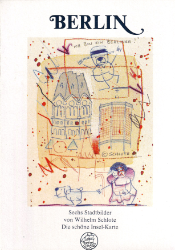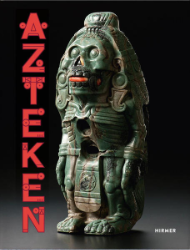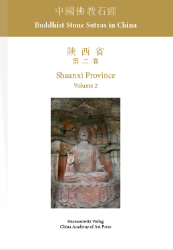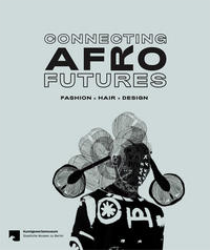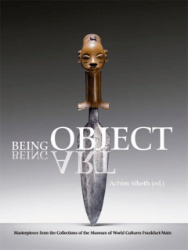
Being Object. Being Art
Masterpieces from the Collections of the Museum of World Cultures Frankfurt/Main. Edited by Achim Sibeth. Photography by Stephan Beckers. Translation: Wendy Wallis. Published in conjunction with the correspondent Exhibition, October 31, 2009 - October 31, 2010. Cultures contribute to the richness of this world through their uniqueness and variety - as do their material products. This is reflected in the ethnographic collections from Africa, the Americas, Southeast Asia, Oceania and East Asia at the Museum of World Cultures in Frankfurt am Main. Using exceptional photographs, 130 works are presented from a total of approximately 67,000 objects in the museum’s collection. Based on their own individual and subjective points of view, the authors have selected particularly unusual 'ethnographica,' everyday objects or ritual items from an abundance of mostly similar objects made by indigenous societies. The objects in this volume are not only elucidated in their ethnological contexts, but are simultaneously described and interpreted as works of art. They are purposefully represented here as products of indigenous aesthetics and indigenous creative work to guide the attention of Western viewers to the artistic qualities of ethnographica. In order to better understand these works of art, the authors question the environment in which a work was created and which ideas about color, form, symmetry, balance, etc., might have influenced their artists. The common goal is to present what it is about these works that are exceptional, elaborate, other, perfect or in fact imperfect, harmonious or disturbing. However, the significance of an object is not invariably determined by its original heritage and purpose. Ideas and thoughts associated with an object also alter with a change of viewers and owners. Consequently, the effect of a work of art can only be comprehended within the analysis of aesthetic ideas and a prior knowledge by its respective viewers. Here, the various aesthetic concepts of indigenous and Western societies collide and ideally will lead to reactions that mediate between the differing perspectives. 323 Seiten mit 210 Farbabb., gebunden (Museum der Weltkulturen/Wasmuth Verlag 2009)

